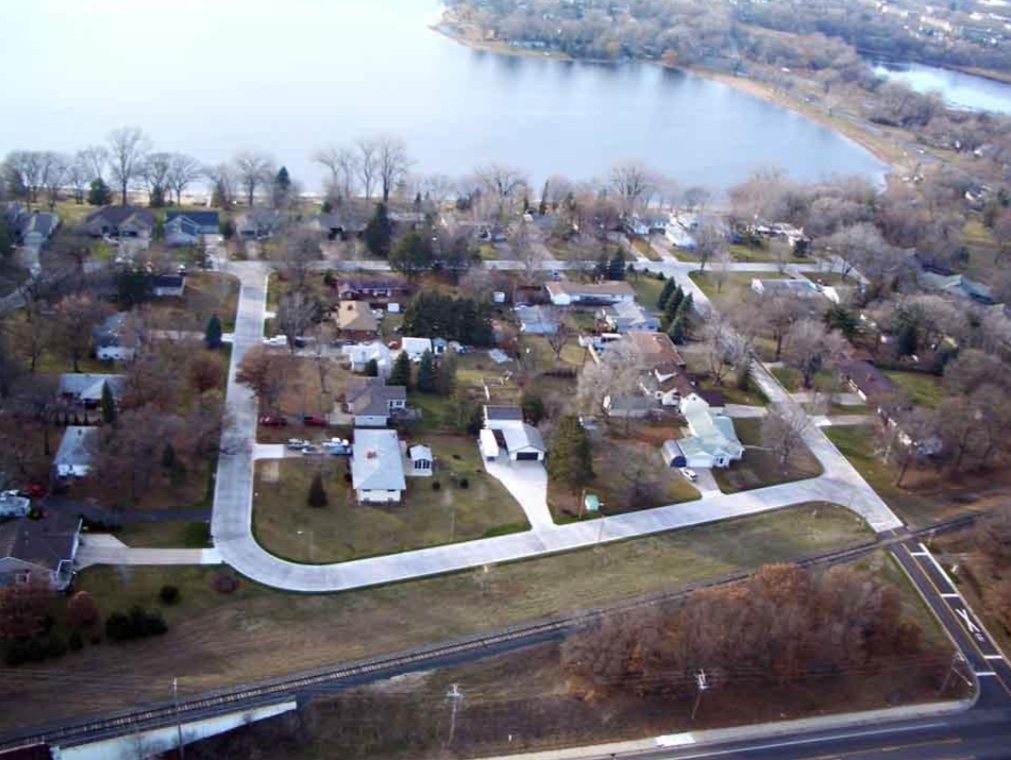yrt+viva=1system
Senior Member
Let me just say from personal experience in the asphalt industry, it is very expensive to produce coloured asphalt. It's almost about 5x the cost of standard black asphalt. The additives required are not environmentally friendly, cost of sourcing the colouring addictive and the cost of laying down coloured asphalt comes from designating separate construction vehicles and production plants to maintain a consistent colour without contamination. Then there is the cleaning of production equipment after a project is finished..Not just bricks.
Toronto has to use paint on top of asphalt, instead of using coloured asphalt. The paint will wear away over time, in addition they make the surface more slippery.
Last edited:





